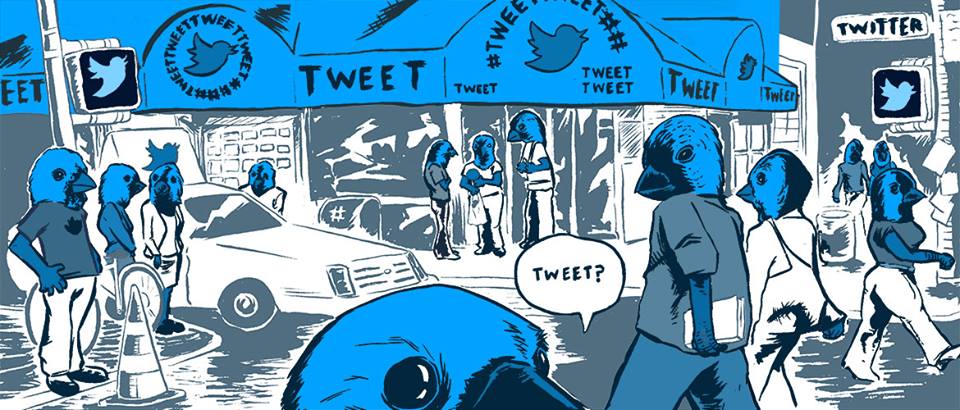Every blog deserves an editorial calendar. This will ensure that you’re publishing content at a steady frequency. It will also help your editorial planning so your best content is ready to run.
Once you decide on a schedule, stick to it. Publishing content three to five days each week is always a good idea, because it keeps your website fresh for search engines, and it gives your audience a lot of content to consume. With an astounding amount of stuff available online, it’s important to push out high-quality content consistently. You could even publish multiple times each day if you have enough resources and an active readership.
When planning the article topics for your editorial calendar, consider keyword research. You don’t have to let keyword research take over your writing and stifle your creativity, but the data will tell you what people are searching for. You’ll learn where your time is best spent.
Are there any keyword phrases that you could rank on with little effort, and attract a significant amount of traffic in the process? How about some highly targeted keywords that aren’t addressed on your website yet? These are the types of questions you should be asking yourself while plotting your editorial for the following month.
[Tweet “What questions should you be asking when considering the editorial planning process?”]Editorial Planning: Calendar Frequency
Which brings me to the next topic: How often should you create an editorial calendar? A good plan is to outline for at least one month ahead. This creates a clear vision of the next month and allows for flexibility. On the production side of things, staying at least one week ahead of publishing is a smart idea. It keeps a flow to your work and makes sure you’re not scrambling for material at the last minute. Conversely, it also allows room to improvise or respond to trending information should the need arise.
At BuzzFarmers, we hold an editorial meeting with our clients once per month, on the third Friday of the month. This allows us to plan an entire month ahead. We are also a week ahead on publishing, so that we’re done writing a week in advance, and our clients have time to review before posts publish. If you’re managing a blog editorial calendar internally, we’d recommend a similar schedule.
Not sure what to write about? You may have heard that 60% of your blog should be high-quality editorial, with the rest promoting your brand or products.
We say that 100% of your editorial should be high-quality editorial, and every post should be aligned with a product or service that you offer. With a talented writer, you can do both.
Editorial Planning: Content Choices
Use a spreadsheet to create your editorial calendar and create a column for the date, author, title, targeted keyword, category and goal.
For every post you intend to publish, these items should be clear in advance: the day it’s publishing, the byline that’s attached to the post, the title of the post, the keyword you’re targeting in the post, the category it’s publishing in, and the goal of the blog. If you don’t know all of the above, or if any of the fields above are blank, then the post isn’t worth your effort to publish.
Test days and times.
Data about the best days to publish is everywhere, and depending on who is publishing it, is rarely the same. What does this teach us? Do your own testing. Try publishing on different days of the week to see which days get the best response rates. Publish at different times of the day too. Only you know what days and times work best for you. No study by some other company can tell you that.
Email’s Role in Editorial Planning
Speaking of email, ideally, all of the daily content you create will be mailed to a list of recipients who have opted to receive your information. The statistics from your email efforts will ultimately help in the process of creating an editorial calendar if you determine one topic category, publish date or publish time is more popular than another.
Harvesting an email list means that you can also send weekly emails that promote a product, but don’t send too many promotional emails. Studies have shown that consistency of promotions keeps people subscribed longer to an email list than random once in a while promotional emails, but when you do send them, make sure they offer value.
The Power of Editorial Planning
It’s necessary to create an editorial calendar, so you have an outline of your publishing strategy. It will help you prepare for the future and keep a running document of your past content. You can plan based on keyword research, timely news, and subjects that have performed well by driving traffic or sales.
Start the editorial planning process soon if you aren’t currently using a calendar.
You’ll feel more comfortable with your blog’s future, and less stressed about deadlines. You won’t have to worry about what you have to do for the following day or week, because it will already be lined up for you. An editorial calendar is the linchpin of our client work, so contact us if you have any questions!











